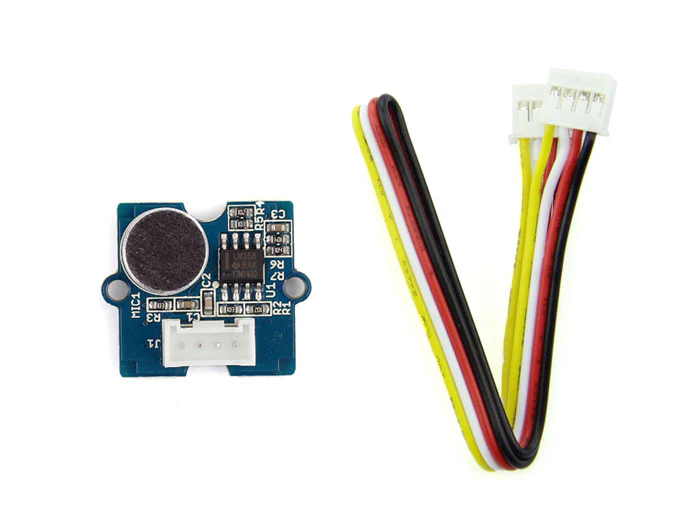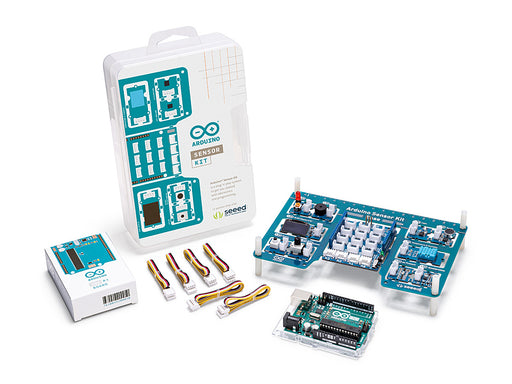
Overview
The main component of the module is a simple microphone, which is based on the LM386 amplifier and an electret microphone. This module’s output is analog and can be easily sampled and tested by an Arduino.
Features:
- Easy to use
- Provides analog output signal
- Easily integrates with Logic modules on the input side of Grove circuits
- Compatible with the Seed Grove System
Tech specs
|
Item |
Value |
|
Operating Voltage Range |
3.3/5 V |
|
Operating Current(Vcc=5V) |
4~5 mA |
|
Voltage Gain(V=6V, f=1kHz) |
26 dB |
|
Microphone sensitivity(1kHz) |
52-48 dB |
|
Microphone Impedance |
2.2k Ohm |
|
Microphone Frequency |
16-20 kHz |
|
Microphone S/N Radio |
54 dB |






